Plants that survive in the saline condition are known as halophytes.
Since halophytes can not easily absorb water, they develop almost all important xerophytic devices for optimum use of water.
Habit
Majority of halophytes in the tropical and subtropical regions are shrubs (dome-shaped), but a few of them are herbaceous e.g. Acanthus ilicifolius.
In temperate zones, halophytic vegetation is purely herbaceous.
External morphology
a) Roots
- Pneumatophores: The soil in coastal region is poorly aerated and it contains very small percentage of oxygen because of water logging. In order to compensate this lack of soil aeration, the hydro halophytes develop negatively geotropic roots, called pneumatophores (breathing roots).
- Stilt roots: In addition to normal roots, many stilt or prop roots are developed from the aerial branches of stem for efficient anchorage in muddy or loose sandy soil. e.g., Rhizophora mucronata (stilt roots).

Stilt Root - Root buttress : Sometimes, a large number of adventitious root buttresses develop from the basal parts of tree trunks. These root buttresses provide sufficient support to the plants.
b) Stem
Some halophytes develop succulence in stem. Some studies say that succulence is directly correlated with salt tolerance of plants.
e.g. Salicornia herbacia and Suaeda maritima.
c) Leaves
- The leaves of the most of the halophytes are thick, entire, succulent, generally small-sized, and are often glassy in appearance.
- Some species are aphyllous.
- Surfaces of stems are densely covered with trichomes.
- Leaves of submerged marine halophytes are thin and have very poorly developed vascular system and frequently green epidermis. They are adapted to absorb water and nutrients from the medium directly.
d) Fruits, Seeds and their dispersal:
- The fruits and seeds are generally light in weight.
- Fruit walls have a number of air chambers and the fruits, seeds, and seedlings which can float on the water surface for pretty long time are dispersed to distant places by water current.
- Mangrove vegetation’s of tropical sea-shores from Australia to East Africa include approximately the same species of plants. Similarly, the mangroves of West Asia show considerable resemblances with those of East Asia and East Africa.
e) Viviparous mode of seed germination :
Halophytes or mangrove plants growing in the tidal marshes show ‘vivipary’ which is defined as the germination of seeds while the fruits are still attached to mother plants (e.g. Rhizophora sp., Aegiceras sp. , Avicennia sp.)
Anatomical Features
1. Large cells and small intercellular spaces.
2. High elasticity of the cell walls.
3. Extensive development of water storing tissues.
4. Smaller relative surface area. (Surface/ volume ratio)
5. Small and fewer stomata.
6. Low chlorophyll content.
Xerophytic features
(i) Presence of thick cuticle on the aerial parts of the plant body. The epidermis is characterized by a cover of waxy layers in addition to thick cuticle.
(ii) They develop protected stomata which are not deeply sunken. The palisade consists of several layers with intercalated tannin and oil cells.
(iii) The leaves and stems are abundantly covered with various types of simple and branched trichomes.
 Plantlet The Blogging Platform of Department of Botany, University of Dhaka
Plantlet The Blogging Platform of Department of Botany, University of Dhaka
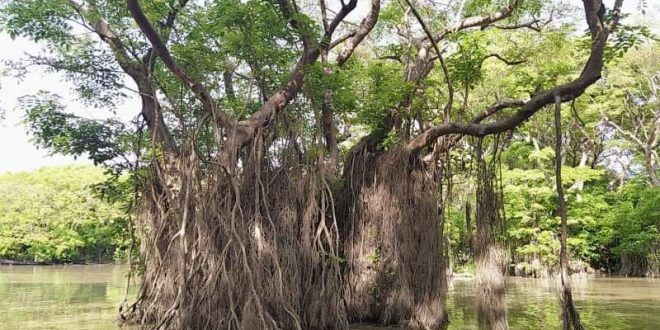

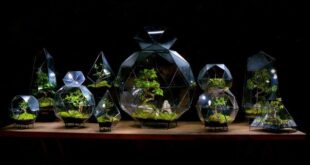
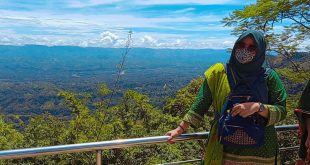
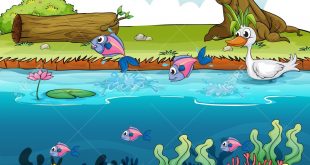
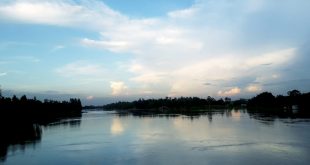
The point of view of your article has taught me a lot, and I already know how to improve the paper, thank you.